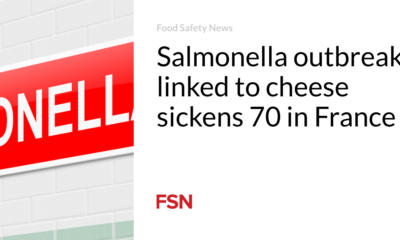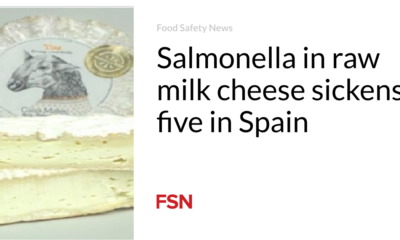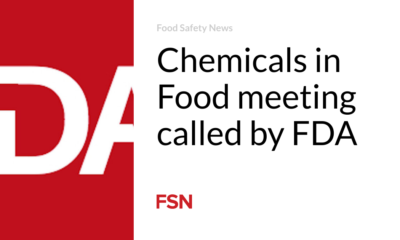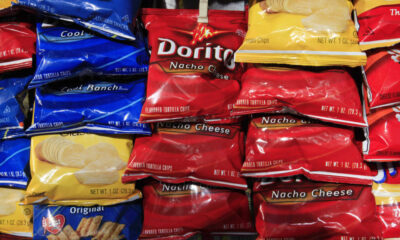Food
Research ranks Salmonella and Cronobacter as the top hazards for baby food
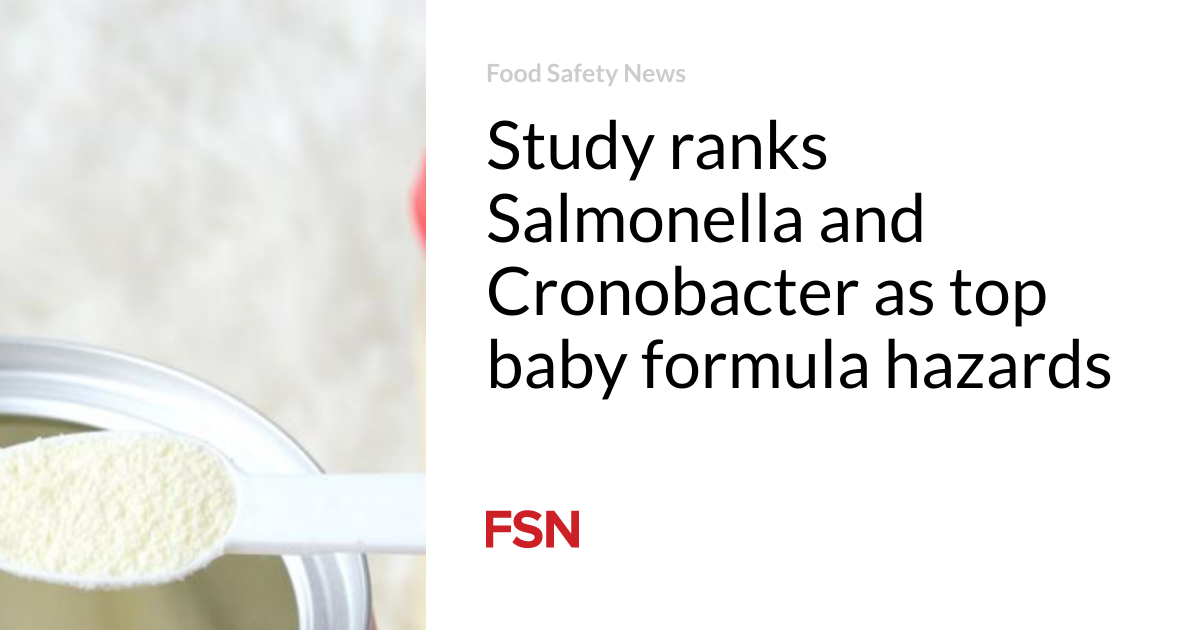
The risk ranking has shown that Salmonella, Cronobacter and E. coli are the most important microbial hazards in infant formula.
Eight risk ranking steps and seven criteria were used to rank 34 microbiological hazards in infant foods.
These criteria are process survival, reinfection, growth opportunities, meal preparation, evidence related to hazard and food, food consumption habits of infants and young children in the EU, and the severity of microbiological hazards.
Microbial risks in infant formula were compared via three methods, according to the study published in the journal Food Research International.
Researchers conducted a case study to rank the microbiological hazard risks in infant formula to validate the criteria and ranking approaches. They compared the results of the three risk classification methods and evaluated the findings with expert opinions to ensure their accuracy.
The results ranked Salmonella, Cronobacter and Shiga toxin-producing E. coli (STEC) as the highest risks in infant formula. However, they showed different orders due to method-specific factors.
Method differences
A hazard identification step included linking hazards to foods, process inactivation, recontamination, growth opportunities, and the selection of a microbiological risk association level with a food product.
When using a filter, the most relevant hazards were Salmonella, STEC, Cronobacter, non-STEC and Cryptosporidium.
The risk scoring method gave multiple hazards identical scores, making it difficult to distinguish and prioritize them. Cronobacter had the highest rank, followed in joint second place by Salmonella and Hepatitis A, while the next eight hazards received the same score.
In the risk value ranking, Salmonella was at the top, followed by STEC, Cronobacter, non-STEC and Shigella. Scientists say hazards with no known links to infant formula, such as Shigella, are in the top five, which can be attributed to their ability to cause disease without the need for growth in food.
Another method ranked Fasciola and Hepatitis E, which have no known association with infant formula, relatively high. Scientists said this was likely due to reasons surrounding risk scores and risk valuation methods.
Data was collected on outbreaks caused by microbial hazards in different product categories in the European Union from 2011 to 2021. Information on outbreaks in the United States from 2008 to 2018 was also collected. EU food recall data from 1980 to 2021 came from the Rapid Alert System for Food and Feed (RASFF), and US recall data covered the period 2007 to 2022.
The efforts were linked to the European Safe Foods For Infants (SAFFI) project from 2020 to 2024, which focused on food safety for children under 3 years of age.
“The ranking framework developed in this study effectively prioritizes microbiological hazard risks and can assist risk managers in resource allocation, supporting decision-making within Quantitative Microbial Risk Assessment (QMRA) and Hazard Analysis Critical Control Points (HACCP) for both industry and authorities.” researchers said.
(To sign up for a free subscription to Food Safety News, click here.)

